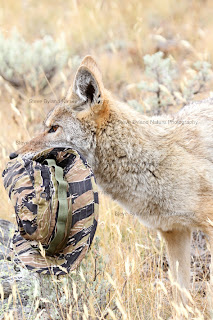Black-chinned Hummingbird during an Arizona Monsoon
400mm, ISO 400, f/5.6, 1/40 second
Many photographers will tell you that there is never enough light. Maybe it would be better to say that there is never enough PERFECT light. To me, with the exception of a poorly cooked hamburger, nothing is more disappointing that having a photo that is both underexposed and overexposed at the same time. For example, an adult Bald Eagle flies by, banks perfectly and still, the body feathers are too dark and the white head too light so that you lose detail on both ends.
This is an example of a photo that came out poorly
because of too much light on a bright sunny day
This is usually not a problem during the “golden hours” which are thought to be an hour after sunrise and an hour before sunset. The golden hours are also known as the “magic hours” or, as I like to call them, about two hours before I haul my butt out of bed and an hour after my feet hurt so badly that I can hardly walk anymore.
Eastern Bluebird - if you look closely, you can see rain on his back
600mm, ISO 500, f/7.1, 1/320 second


































